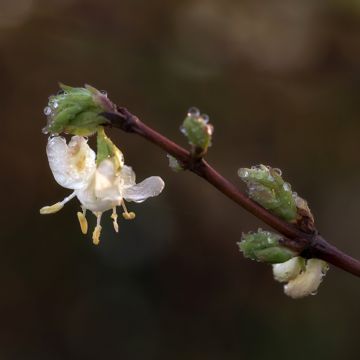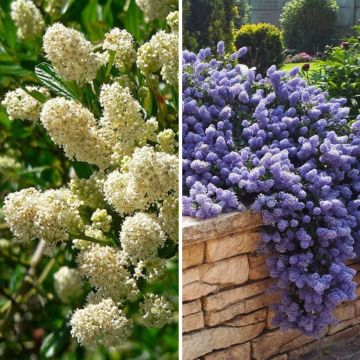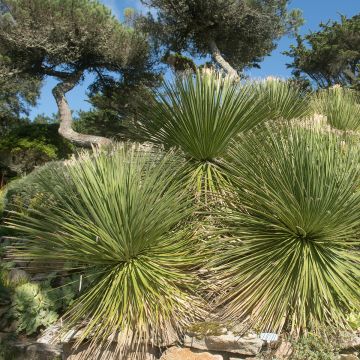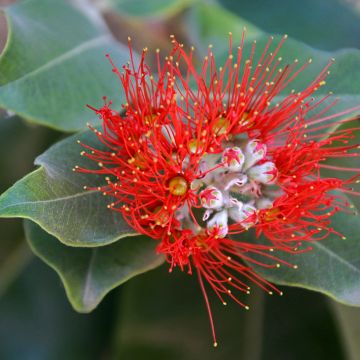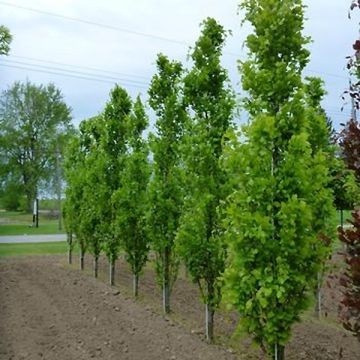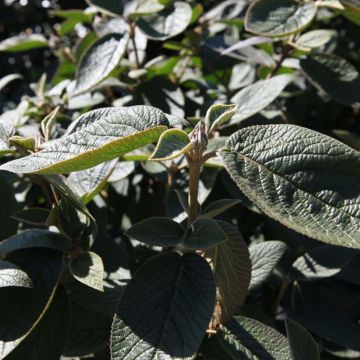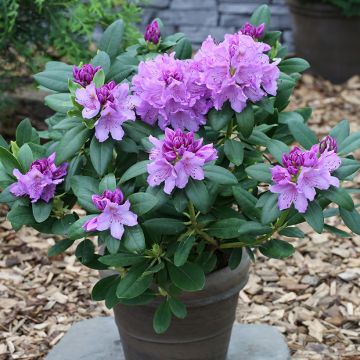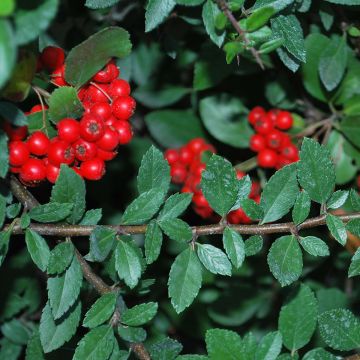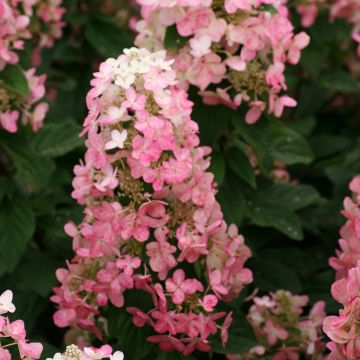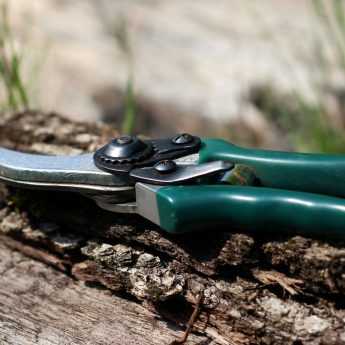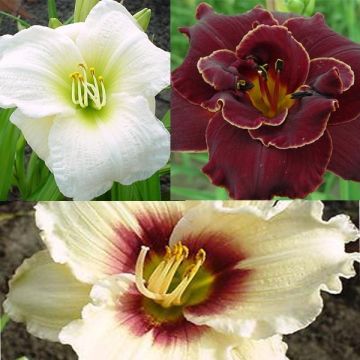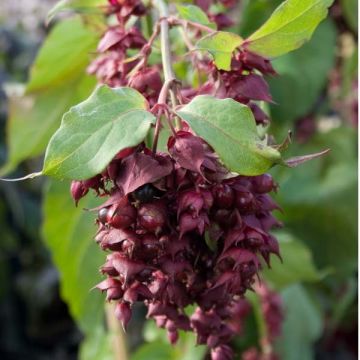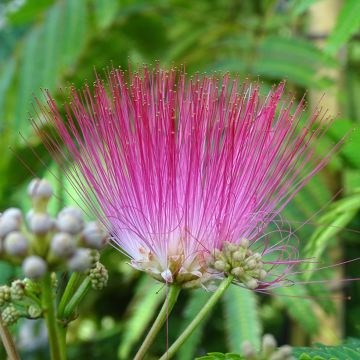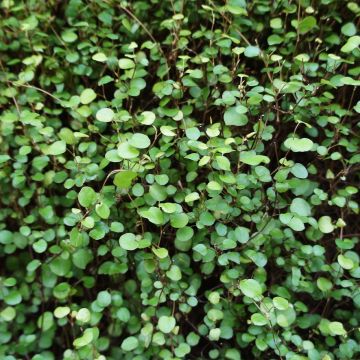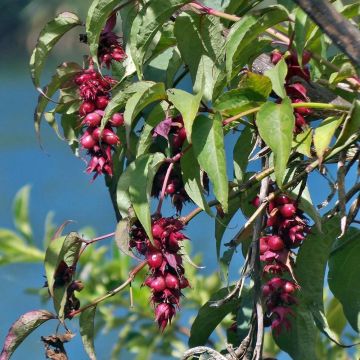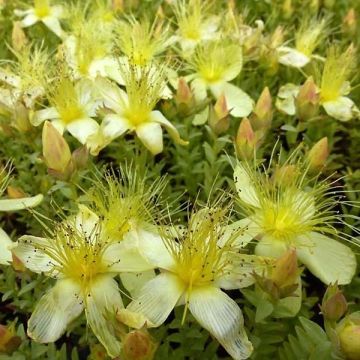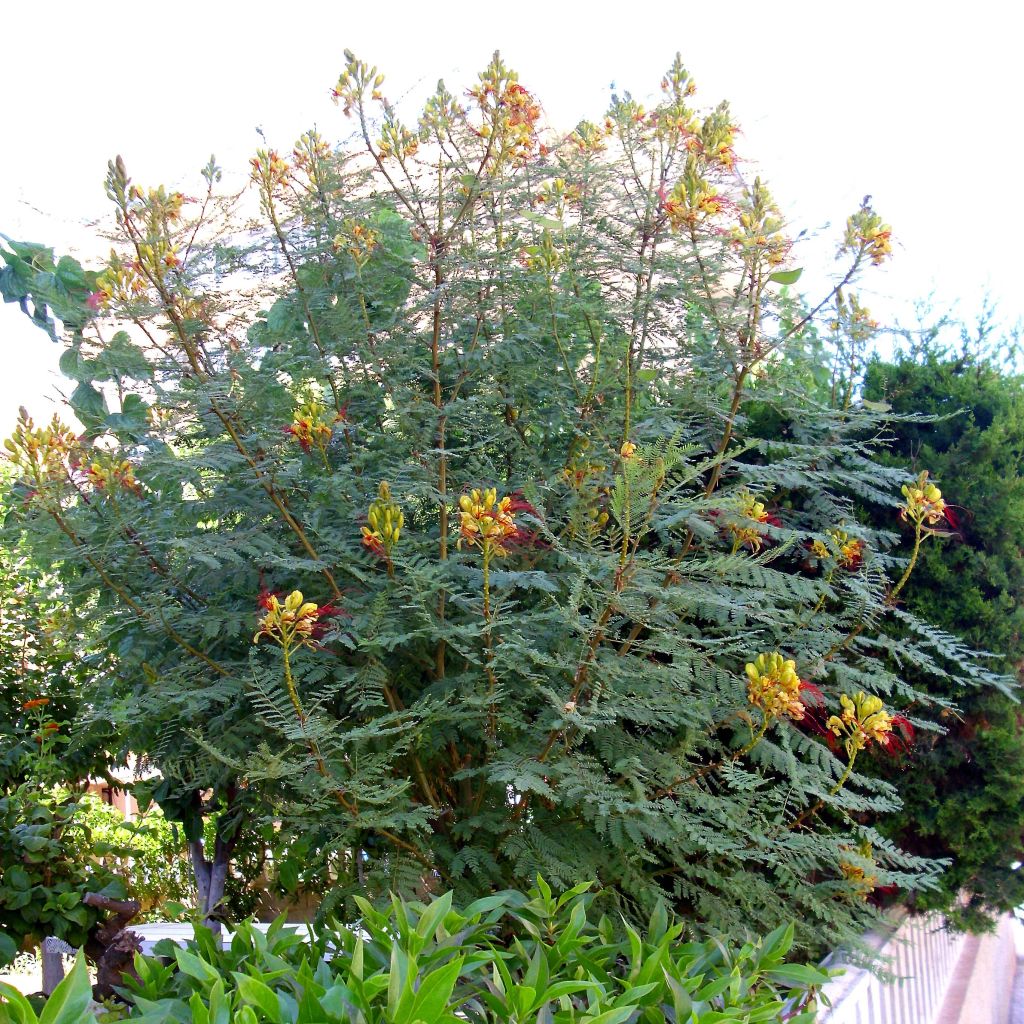

Caesalpinia gilliesii
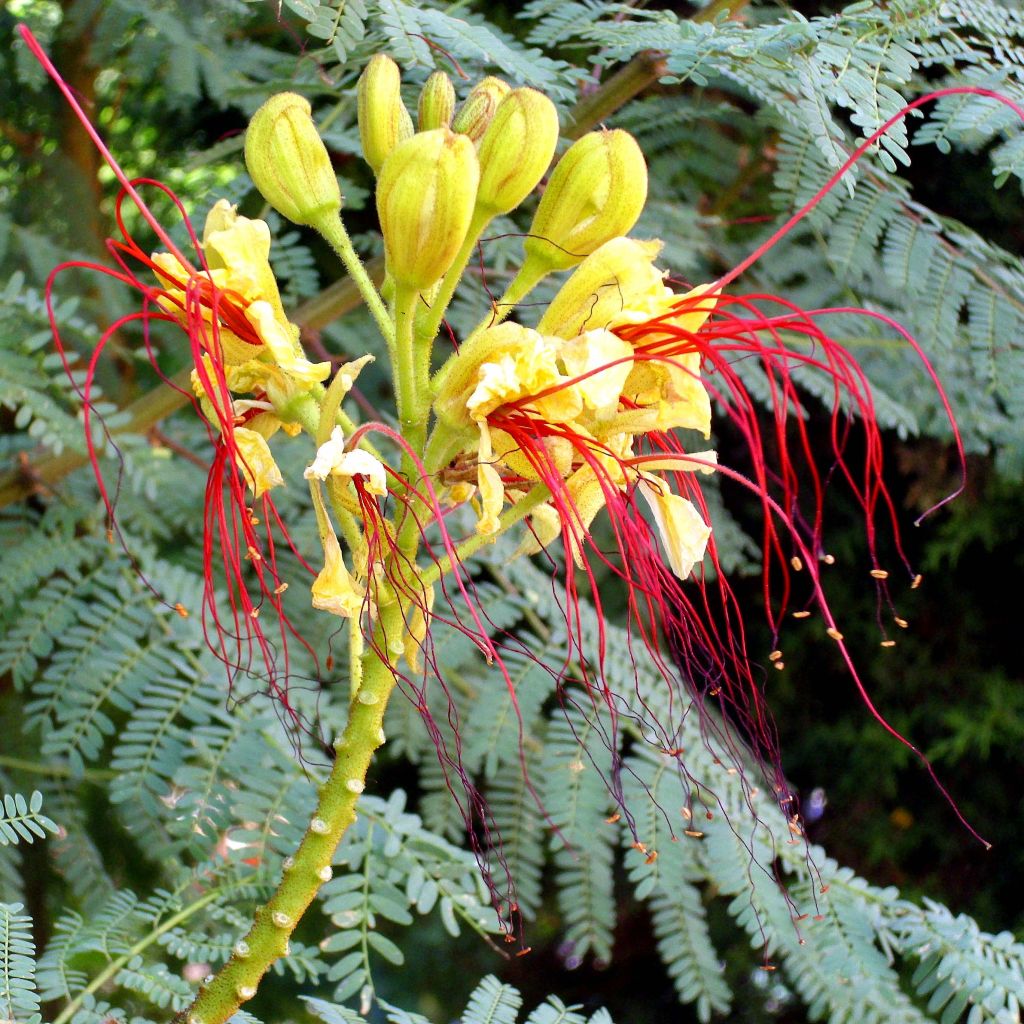

Caesalpinia gilliesii
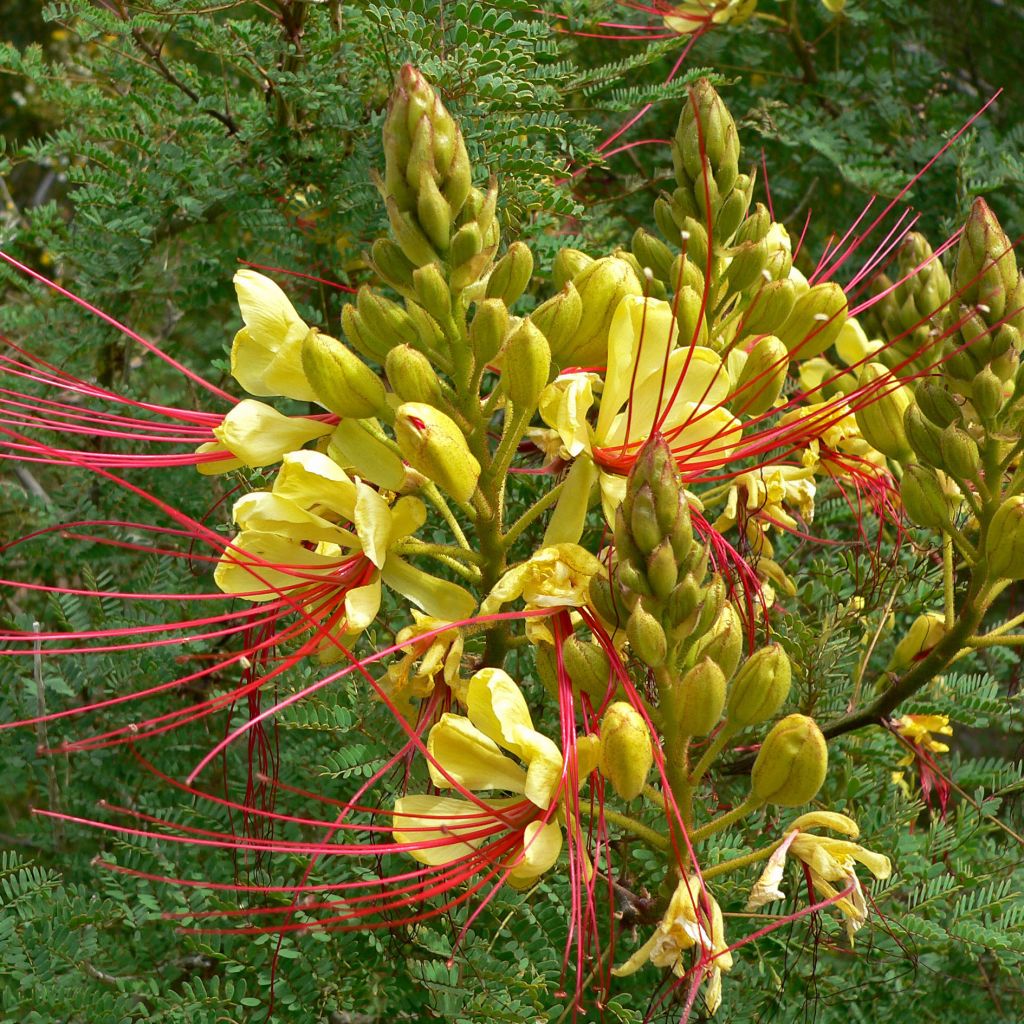

Caesalpinia gilliesii
Caesalpinia gilliesii
Caesalpinia gilliesii
Bird of Paradise, Desert Bird of Paradise, Yellow Bird of Paradise
This item cannot be shipped to the selected country
Delivery charge from €6.90
More information
Delivery charge from €6.90
More information
Schedule delivery date,
and select date in basket
This plant carries a 24 months recovery warranty
More information
We guarantee the quality of our plants for a full growing cycle, and will replace at our expense any plant that fails to recover under normal climatic and planting conditions.
From €7.90 for pickup delivery and €6.90 for home delivery
Express home delivery from €8.90.

Does this plant fit my garden?
Set up your Plantfit profile →
Description
Caesalpinia gilliesii, formerly known as Poinciana gillesii and now called Erythrostemon gilliesii, is also known as the 'little flamboyant' or the yellow bird of paradise due to its spectacular inflorescences strongly imbued with exoticism, which can evoke the arabesque plumage of the bird of paradise: they are beautiful compound clusters of sulphur yellow flowers, with long carmine stamens gracefully arched towards the sky. This deciduous bush is hardy and easy to grow in any type of soil, even dry and poor soil. Over time, it grows on a small trunk, forming a delightful small tree with an airy crown adorned with an insolent beauty of flowering. Don't hesitate to adopt it in your garden, even in the Paris region, as it is hardier than it appears. Provide it with well-drained soil, a very sunny exposure, and a sheltered location!
Caesalpinia gilliesii, or Gillies' Cæsalpinia, belongs to the Fabaceae (Leguminosae) family and is native to Argentina and Uruguay. The growth of this bush is fast, it ages well, and its adult size will reach an average of 1.50m (4ft 11in) to 2m in height, with a spread of 1.50m (4ft 11in). Rather bushy in its early years, it takes on the appearance of a small tree with a single trunk and a rounded, spreading crown as it ages.
The 'little flamboyant' is a small deciduous bush with brittle branches that make it sensitive to strong winds. Its flowering occurs in June-July but can extend until September if you regularly remove the pods that form. The conical-shaped inflorescences measure 30 to 40cm (11.8 to 15.7in). They appear at the ends of the branches. Each one is composed of many flowers, approximately 3.5cm (1.4in) in diameter, with light yellow petals, one of which is longer, and 10 particularly long carmine stamens that are visible from a distance. Their fragrance, often considered unpleasant, can only be perceived at a very short distance. This flowering, which is honey-producing and nectar-producing, is followed by the formation of velvety beige pods, 6 to 8cm (2.4 to 3.1in) long, containing flattened seeds. Its foliage, which appears very light, is another asset of this bush: its long leaves are finely divided into tiny leaflets, 5mm (0.2in) long and 3mm (0.1in) wide, with a very elegant grey-green colour. They disappear due to cold or intense drought.
Although Caesalpinia gilliesii has a very exotic appearance, an adult specimen is capable of regrowing from the stump after enduring -15°C (5 °F). It does not tolerate pot cultivation well, but its resistance allows it to be planted in the ground in many of our regions, in well-prepared and well-drained soil. It can be used as a solitary plant, in the centre of a flower bed, to fill a large slope, or against a sunny wall. Its base can be surrounded by perennial shrubs with summer flowering, such as Salvia microphylla, greigii, or jamensis with red flowers ('Royal Bumble',' Red Dream', 'Raspberry Royal'), or blue ones like Salvia 'Bleu Armor' or S. chamaedryoides.
Caesalpinia gilliesii in pictures
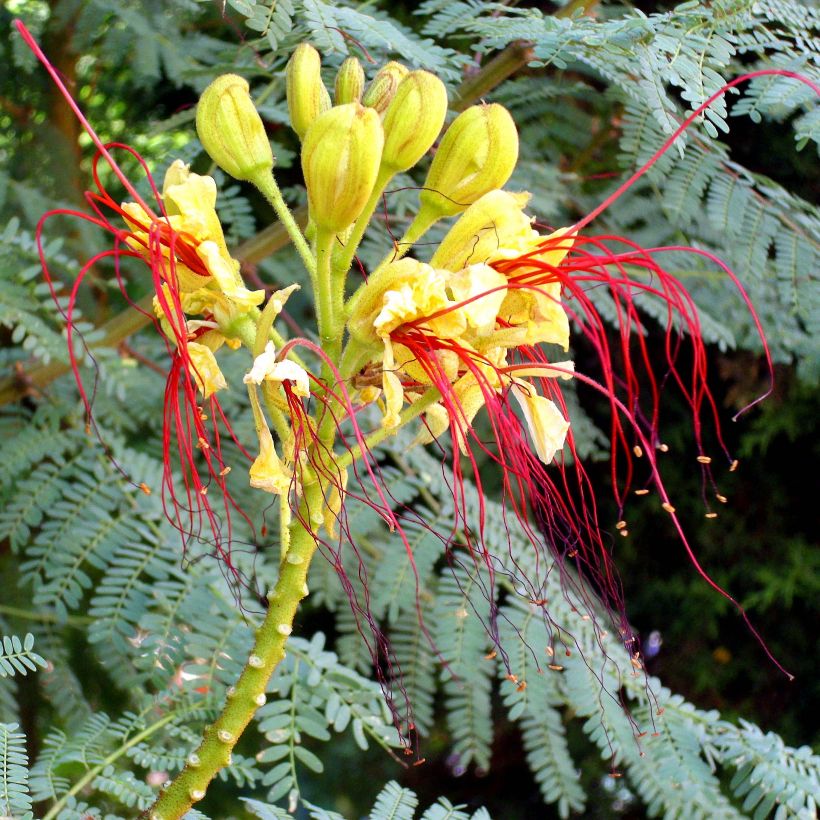

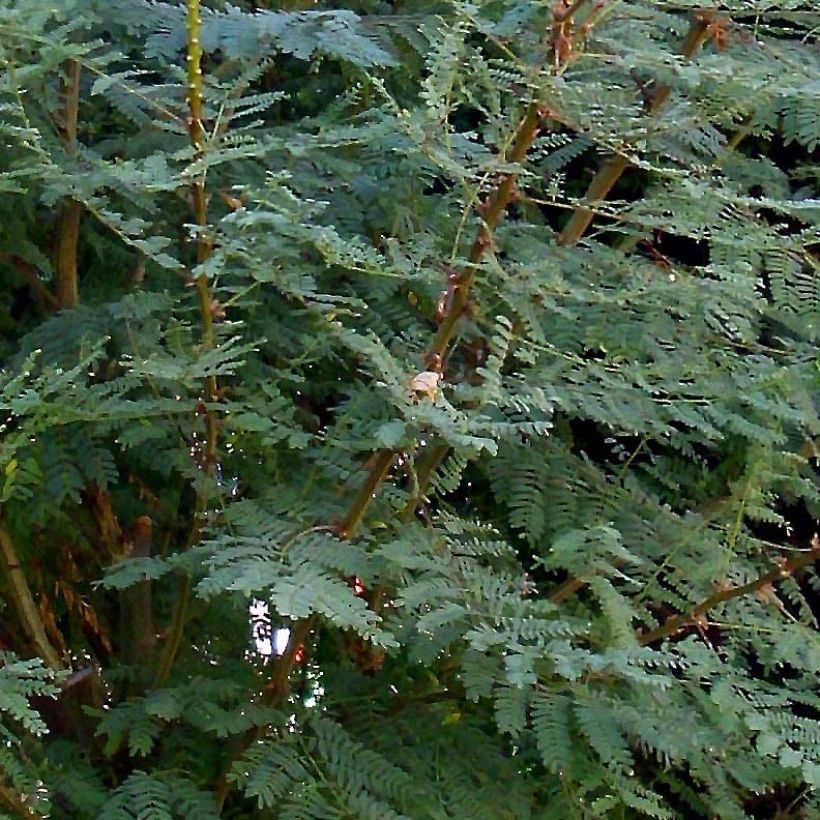

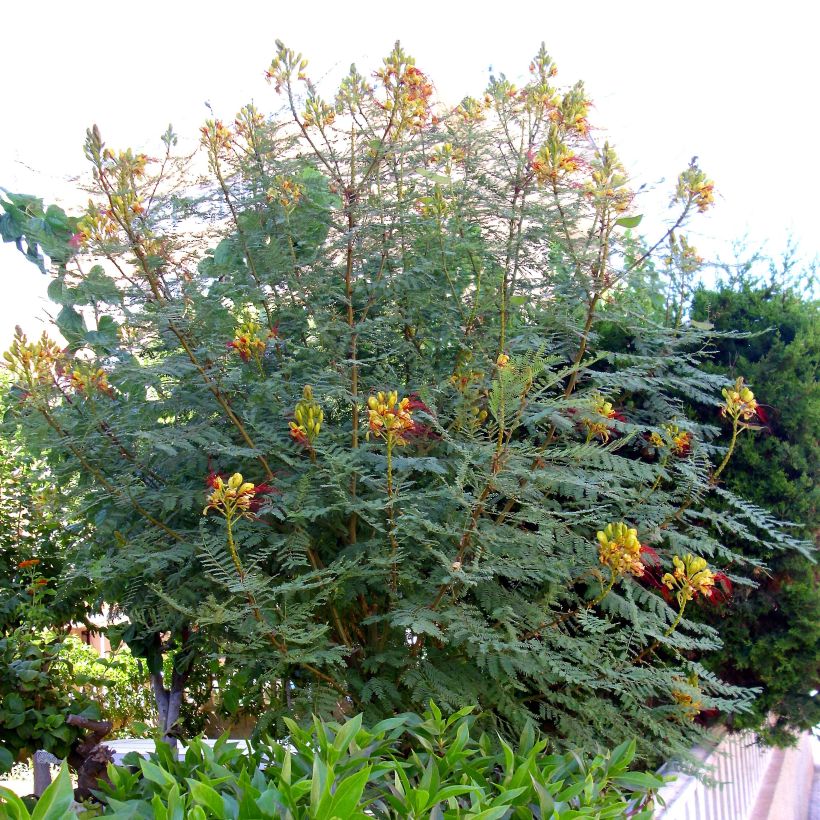

Plant habit
Flowering
Foliage
Botanical data
Caesalpinia
gilliesii
Fabaceae
Bird of Paradise, Desert Bird of Paradise, Yellow Bird of Paradise
South America
Other Shrubs A to Z
View all →Planting and care
Plant Caesalpinia gillesii in spring in cool regions, and in autumn elsewhere. Choose a very sunny location sheltered from strong winds. Plant it in well-prepared soil that has been deeply loosened. If your soil is heavy and clayey, dig a 60cm (23.6 n) hole and fill it with a mixture of garden soil, coarse sand or gravel, and leaf compost. This bush tolerates limestone in the soil and is satisfied with rainwater, in all regions, once it is well established. During the first two summers, especially in hot and dry regions, it is necessary to monitor watering, which should be abundant but spaced out. It prefers light and well-drained soils, as winter moisture can harm its hardiness. It is fairly good, tolerating temperatures from -12 to -15 °C (10.4 to 5 °F), so this should be considered when installing it away from frozen drafts and waterlogged soils. The tips of the branches can be pruned every year after flowering to obtain a more compact and ramified plant. It is best to avoid moving this small tree, as transplanting this family of plants (Cytisus) is often difficult. Long-term cultivation in pots is not recommended. However, it can be considered in a large container filled with compost and sand, which should be enriched every year. In pots, watering should be more abundant.
This bush has few enemies in open ground, except for excessively moist soils that can harm its roots.
Propagation: mainly by sowing in autumn, as propagating this family of plants (Fabaceae) is very difficult. The seeds should be treated with hot water before sowing: pour boiling water over the seeds, then let them soak overnight. Another technique is to scarify them (rub them between two sheets of sandpaper to break their tough seed coat) before immersing them in hot water.
Planting period
Intended location
Care
Planting & care advice
-
, onOrder confirmed
Reply from on Promesse de fleurs
Summer-flowering shrubs
Haven't found what you were looking for?
Hardiness is the lowest winter temperature a plant can endure without suffering serious damage or even dying. However, hardiness is affected by location (a sheltered area, such as a patio), protection (winter cover) and soil type (hardiness is improved by well-drained soil).

Photo Sharing Terms & Conditions
In order to encourage gardeners to interact and share their experiences, Promesse de fleurs offers various media enabling content to be uploaded onto its Site - in particular via the ‘Photo sharing’ module.
The User agrees to refrain from:
- Posting any content that is illegal, prejudicial, insulting, racist, inciteful to hatred, revisionist, contrary to public decency, that infringes on privacy or on the privacy rights of third parties, in particular the publicity rights of persons and goods, intellectual property rights, or the right to privacy.
- Submitting content on behalf of a third party;
- Impersonate the identity of a third party and/or publish any personal information about a third party;
In general, the User undertakes to refrain from any unethical behaviour.
All Content (in particular text, comments, files, images, photos, videos, creative works, etc.), which may be subject to property or intellectual property rights, image or other private rights, shall remain the property of the User, subject to the limited rights granted by the terms of the licence granted by Promesse de fleurs as stated below. Users are at liberty to publish or not to publish such Content on the Site, notably via the ‘Photo Sharing’ facility, and accept that this Content shall be made public and freely accessible, notably on the Internet.
Users further acknowledge, undertake to have ,and guarantee that they hold all necessary rights and permissions to publish such material on the Site, in particular with regard to the legislation in force pertaining to any privacy, property, intellectual property, image, or contractual rights, or rights of any other nature. By publishing such Content on the Site, Users acknowledge accepting full liability as publishers of the Content within the meaning of the law, and grant Promesse de fleurs, free of charge, an inclusive, worldwide licence for the said Content for the entire duration of its publication, including all reproduction, representation, up/downloading, displaying, performing, transmission, and storage rights.
Users also grant permission for their name to be linked to the Content and accept that this link may not always be made available.
By engaging in posting material, Users consent to their Content becoming automatically accessible on the Internet, in particular on other sites and/or blogs and/or web pages of the Promesse de fleurs site, including in particular social pages and the Promesse de fleurs catalogue.
Users may secure the removal of entrusted content free of charge by issuing a simple request via our contact form.

































